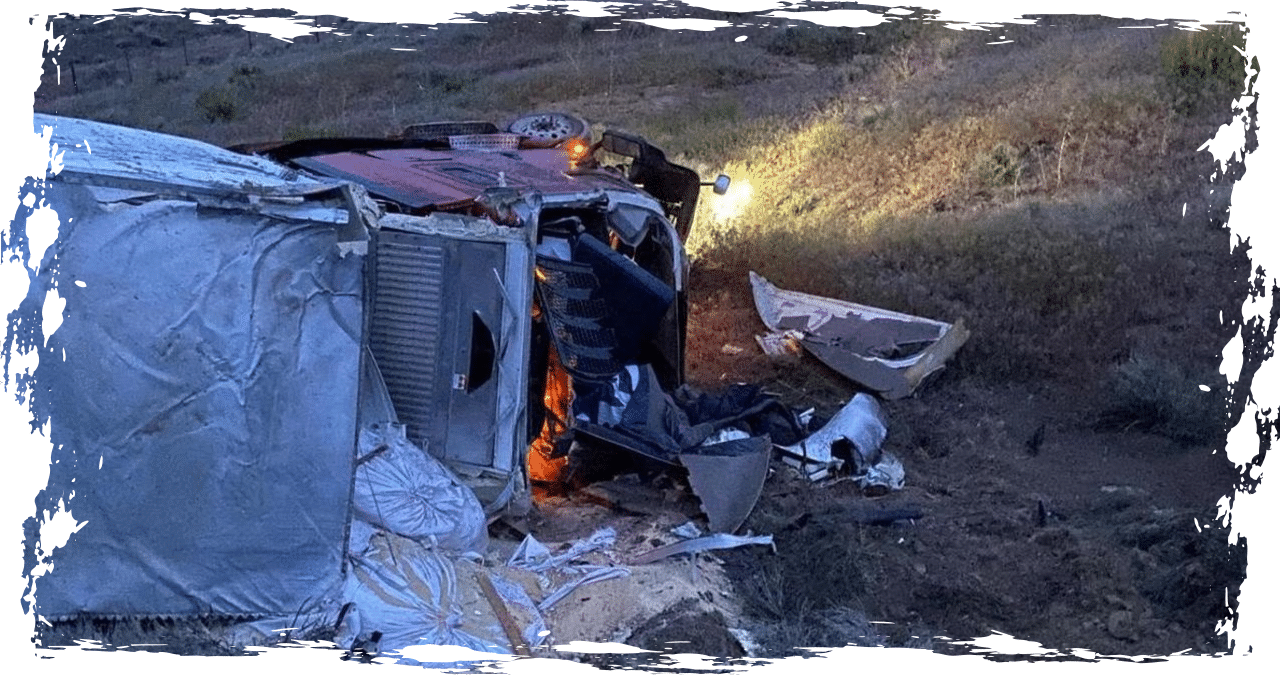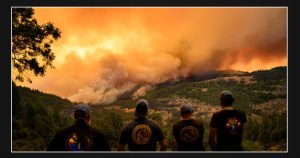Mormon crickets have once again wreaked havoc in Nevada, leading to multiple crashes on an interstate highway over the weekend, according to officials.
These annoying insects bear a resemblance to plump grasshoppers and are notorious for their tendency to gather in large groups in certain parts of the western United States. In some instances, they can even completely cover the side of a building or an entire section of a road.
The Nevada Department of Agriculture reports a decline in Mormon cricket populations in most areas of Nevada in recent years. However, in two counties, Eureka and Elko, the populations have remained consistently high. In Eureka, the sheer number of Mormon crickets scattered along the highway led to multiple accidents on Saturday.
The Eureka County Sheriff’s Office, along with ECSO, Eureka County Fire, Eureka County EMS, Carlin Fire, and NSP, has been dealing with a flurry of incidents this morning. Multiple crashes on the Interstate have been reported, all caused by a combination of rain and Mormon Cricket sludge. In a Facebook post, the Sheriff’s Office urged everyone to exercise caution while driving and shared several images of overturned vehicles, including a car and a semitruck that had veered off the road.
Mormon crickets, when crushed, leave behind a repugnant “sludge” that can create hazardous driving conditions. This sludge makes roads extremely slick and unpredictable in terms of stopping distance, as noted by the sheriff’s office. In the presence of rainy weather, the situation becomes even more perilous.
Mormon cricket invasions typically occur during the spring season when the eggs laid the previous summer start to hatch, as stated in a factsheet published by Nevada’s agriculture department. Predicting the size of the swarm in a particular year can be challenging, as it is influenced by several environmental factors such as temperatures and late-season snowfall.
Large populations of Mormon crickets are a cause for concern as they have the ability to destroy crops and pose a threat to drivers. In April, the state submitted a proposal to the U.S. Department of Agriculture for large-scale ground treatment in specific areas of Nevada with the aim of eliminating these crickets.



